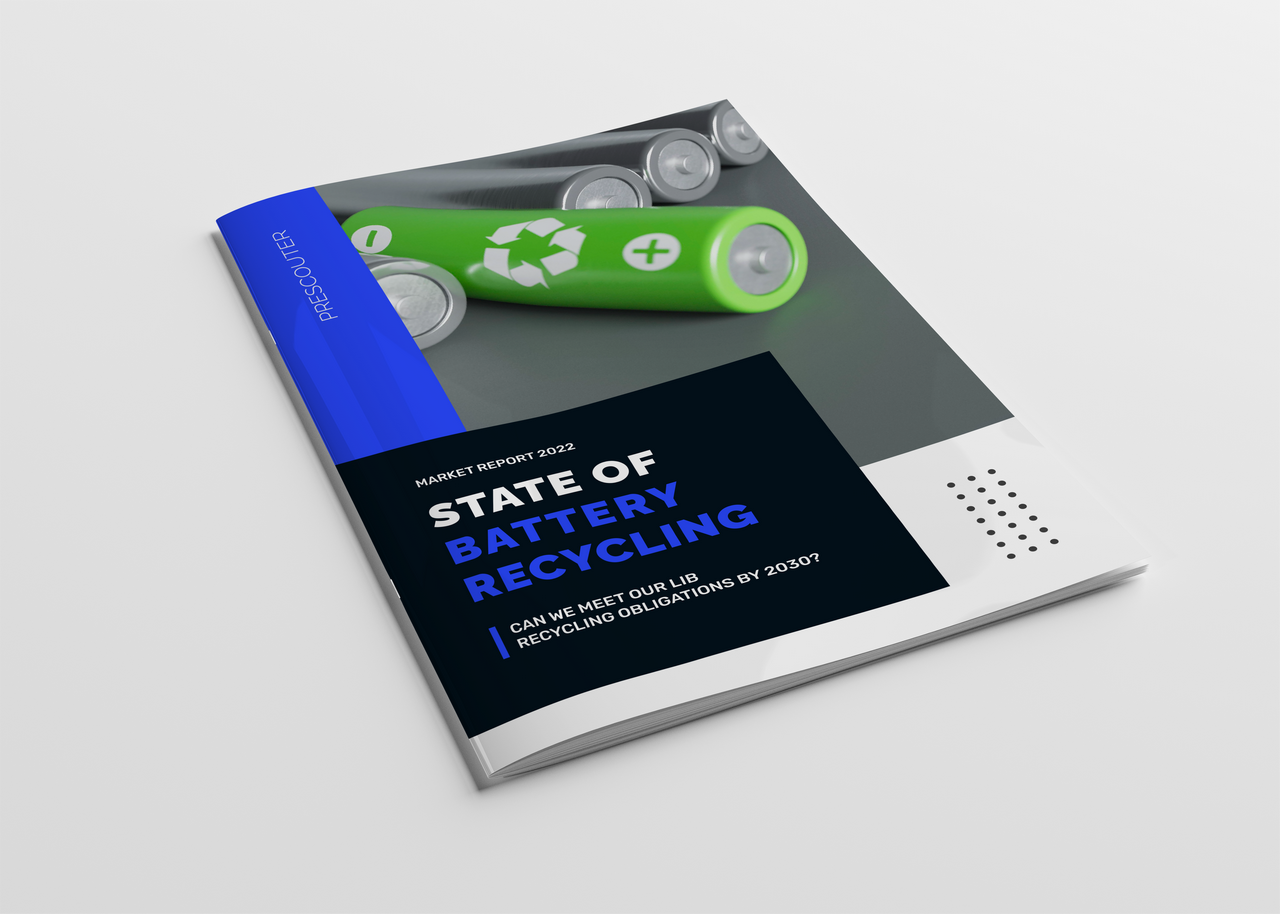In the European Union, the draft of the new Battery Directive sets LIBs for electric vehicles as a new battery classification, with a set of requirements to minimize their carbon footprint. The average LIB recycling target will be approximately 70% by 2030, with the aim to recover 70% of lithium and 95% of nickel, copper, and cobalt in end-of-life batteries.
The updated proposals in the amended regulation also stipulate that 4% of lithium and nickel and 12% of copper used in new cells must be from recycled materials. To meet this obligation, over half a million Tesla Model 3 battery packs will need to be recycled in the EU by 2030, as the lithium demand will be nearly 60K tonnes, with approximately 2.8K tonnes needing to be from recycled sources.
As this example illustrates, obtaining the required amount of recycled material from end-of-life vehicles will be difficult.
Included in this report:
- Current status of regulatory frameworks addressing end of life market for automotive LIBs
- Battery recycling targets
- Where will the recycled material come from?
- What would be the optimum way to recycle LIBs?
- Key players in the battery recycling space
- Recent advances from academia
- Dominant LIB chemistries within the next decade








